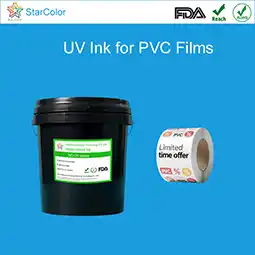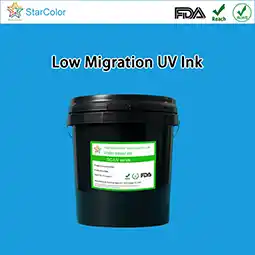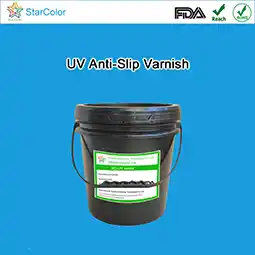Cost Comparison Between Water-Based Flexographic Ink and UV Ink
Date: Jul 25 2025 From: Star Color Views:
In the packaging and label printing industry, choosing between water-based flexographic ink and UV ink involves more than just print quality—it’s also about cost. This article provides a realistic cost comparison between the two ink technologies, factoring in ink price, machine requirements, energy consumption, maintenance, and overall operational expenses. The goal is to give printers and brand owners a clear, data-driven view of which option is more economical for typical mid-volume packaging production.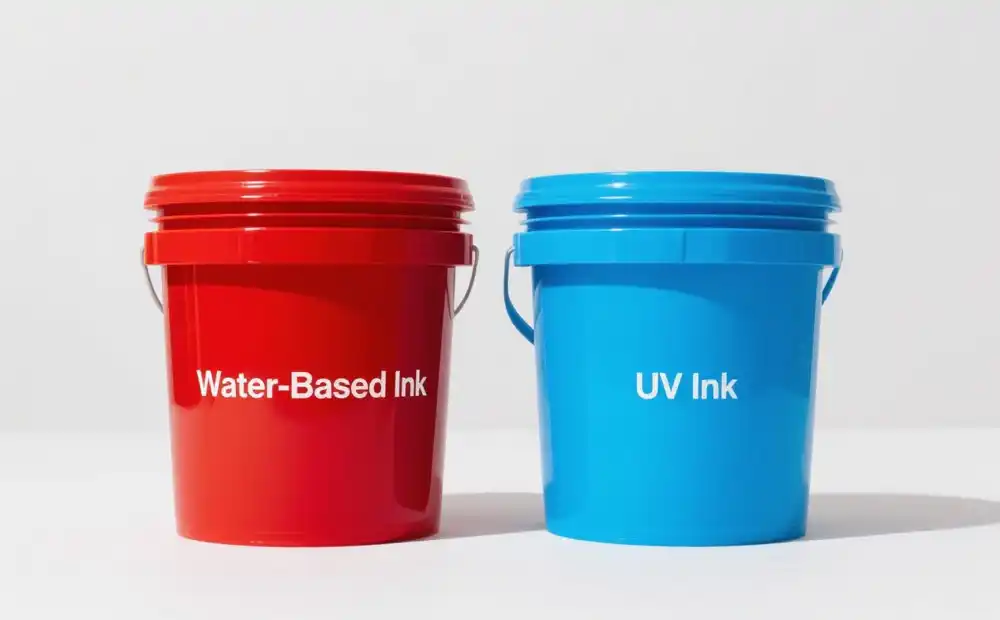
Scenario Overview
To make a fair comparison, we use the following standard scenario:
| Item | Value |
|---|---|
| Print Quantity | 100,000 pieces |
| Substrate | BOPP Film |
| Print Coverage | 60% full color (CMYK) |
| Print Speed | 150 m/min |
| Machine Width | 850 mm |
| Job Setup Time | 30 min (both methods) |
| Working Hours | 8-hour shift |
1. Ink Cost per Square Meter
| Item | Water-Based Flexo Ink | UV Ink |
|---|---|---|
| Ink Price per kg | $6–8 | $18–22 |
| Ink Consumption (g/m²) | 1.5–2.0 g/m² | 1.2–1.5 g/m² |
| Cost per m² (average) | $0.011–$0.016 | $0.022–$0.033 |
Conclusion: UV ink costs per m² are approximately 80–100% higher than water-based inks.
2. Energy Consumption
| Factor | Water-Based Flexo Ink | UV Ink |
|---|---|---|
| Drying System | Hot air drying | UV curing lamps (mercury or LED) |
| Power Consumption | ~40–60 kWh per shift | ~100–130 kWh per shift |
| Energy Cost (@$0.12/kWh) | $5–7 | $12–16 |
Conclusion: UV curing consumes about 2–2.5× more energy, resulting in higher electricity costs.
3. Equipment and Maintenance Costs
| Category | Water-Based Flexo | UV Flexo |
|---|---|---|
| Printing Press Cost (new) | $150,000–$200,000 | $180,000–$250,000 |
| Dryer System | Hot air system | UV lamp system (costly to maintain) |
| UV Lamp Replacement Cycle | N/A | Every 1,000–1,500 hours |
| Annual Maintenance Estimate | $1,000–$2,000 | $3,000–$5,000 |
Conclusion: UV systems require higher upfront costs and more frequent maintenance.
4. Substrate Compatibility and Waste Rate
| Factor | Water-Based Flexo | UV Ink |
|---|---|---|
| Ink Adhesion on BOPP | Needs primer or corona | Excellent adhesion |
| Waste During Setup | ~2% | ~1–1.5% |
Conclusion: UV ink reduces material waste slightly, but requires greater ink investment.
5. Total Cost per 100,000 Pieces
We assume a print area of 0.05 m² per piece:
Total Print Area = 100,000 × 0.05 m² = 5,000 m²
| Cost Category | Water-Based Flexo | UV Ink |
|---|---|---|
| Ink Cost | ~$75 | ~$140 |
| Energy Cost | ~$7 | ~$14 |
| Equipment Depreciation | ~$20 | ~$30 |
| Maintenance | ~$2 | ~$4 |
| Total | ~$104 | ~$188 |
Final Verdict: For the same job, UV ink increases total cost by ~80%.
Conclusion: Which One is More Cost-Effective?
| Metric | Winner |
|---|---|
| Ink Cost | Water-Based Ink |
| Energy Efficiency | Water-Based Ink |
| Maintenance Simplicity | Water-Based Ink |
| Print Durability | UV Ink |
| Setup Time / Waste | UV Ink |
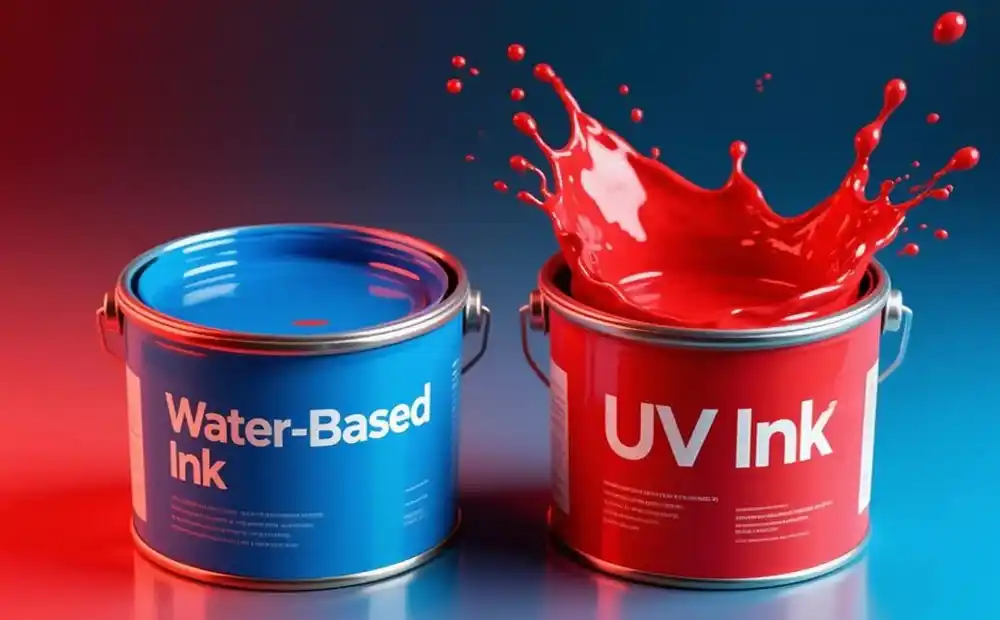
While UV ink offers better adhesion and faster curing, water-based flexographic ink is significantly more cost-effective, especially for standard flexible packaging jobs that prioritize regulatory compliance and sustainability.
If your production emphasizes long runs, energy savings, and food safety, Starcolor’s customized water-based flexo inks offer the best balance of performance and cost.
 RU
RU EN
EN CN
CN








